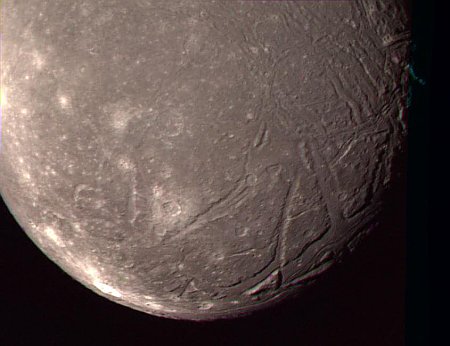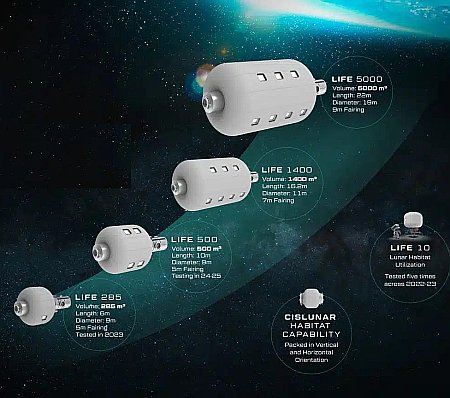Inspector General: Roman Space Telescope is meeting the budget overruns and schedule delays NASA predicted
According to the twisted language in a new NASA inspector general report [pdf] describing the present status of the Roman Space Telescope, the project is on schedule and on budget because NASA decided to predict ahead of time how much it would behind schedule and over budget at this moment. From its executive summary:
[A]s of March 2024, Roman was meeting its cost obligations and schedule to launch by May 2027. Roman was on track to launch despite encountering contractor performance issues and cost overruns related to hardware anomalies, under scoping of work, and inadequate oversight of subcontractors. Roman remains on schedule because Science Mission Directorate officials conducted a replan in May 2021 to mitigate the expected cost and schedule growth caused by COVID-19, increasing the life-cycle cost estimate from $3.9 billion to $4.3 billion. This replan also included delaying the launch readiness date from October 2026 to May 2027. As of March 2024, Roman was tracking its project reserves and potential delays with L3Harris as its top risks. Roman has been using its project reserves to mitigate cost growth related to L3Harris’s performance challenges. Despite these contract value increases, Roman is still within its life-cycle cost estimate because the project’s reserves cover these extra costs.
The insulting nature of this inspector general report is astonishing. The administrative state really does think the American public is too stupid to notice this. I wonder if they are right.
The report further notes issues with the telescope’s two subcontractors, BAE Systems and L3Harris, as well as warning of insufficient ground-based antenna capacity for downloading the data that Roman will produce.
[A]s of April 2024, the NSN [Near Space Network] did not have adequate capacity to support Roman’s mission requirements without planned upgrades to the White Sands antenna and lacked the funding to implement the necessary upgrades by the mission’s launch readiness date.
In other words, more money will be needed to build more ground antennas, something that NASA conveniently forgot to mention when it first proposed Roman to Congress. How interesting, but completely par for the course.
Hat tip stringer Jay.
According to the twisted language in a new NASA inspector general report [pdf] describing the present status of the Roman Space Telescope, the project is on schedule and on budget because NASA decided to predict ahead of time how much it would behind schedule and over budget at this moment. From its executive summary:
[A]s of March 2024, Roman was meeting its cost obligations and schedule to launch by May 2027. Roman was on track to launch despite encountering contractor performance issues and cost overruns related to hardware anomalies, under scoping of work, and inadequate oversight of subcontractors. Roman remains on schedule because Science Mission Directorate officials conducted a replan in May 2021 to mitigate the expected cost and schedule growth caused by COVID-19, increasing the life-cycle cost estimate from $3.9 billion to $4.3 billion. This replan also included delaying the launch readiness date from October 2026 to May 2027. As of March 2024, Roman was tracking its project reserves and potential delays with L3Harris as its top risks. Roman has been using its project reserves to mitigate cost growth related to L3Harris’s performance challenges. Despite these contract value increases, Roman is still within its life-cycle cost estimate because the project’s reserves cover these extra costs.
The insulting nature of this inspector general report is astonishing. The administrative state really does think the American public is too stupid to notice this. I wonder if they are right.
The report further notes issues with the telescope’s two subcontractors, BAE Systems and L3Harris, as well as warning of insufficient ground-based antenna capacity for downloading the data that Roman will produce.
[A]s of April 2024, the NSN [Near Space Network] did not have adequate capacity to support Roman’s mission requirements without planned upgrades to the White Sands antenna and lacked the funding to implement the necessary upgrades by the mission’s launch readiness date.
In other words, more money will be needed to build more ground antennas, something that NASA conveniently forgot to mention when it first proposed Roman to Congress. How interesting, but completely par for the course.
Hat tip stringer Jay.















